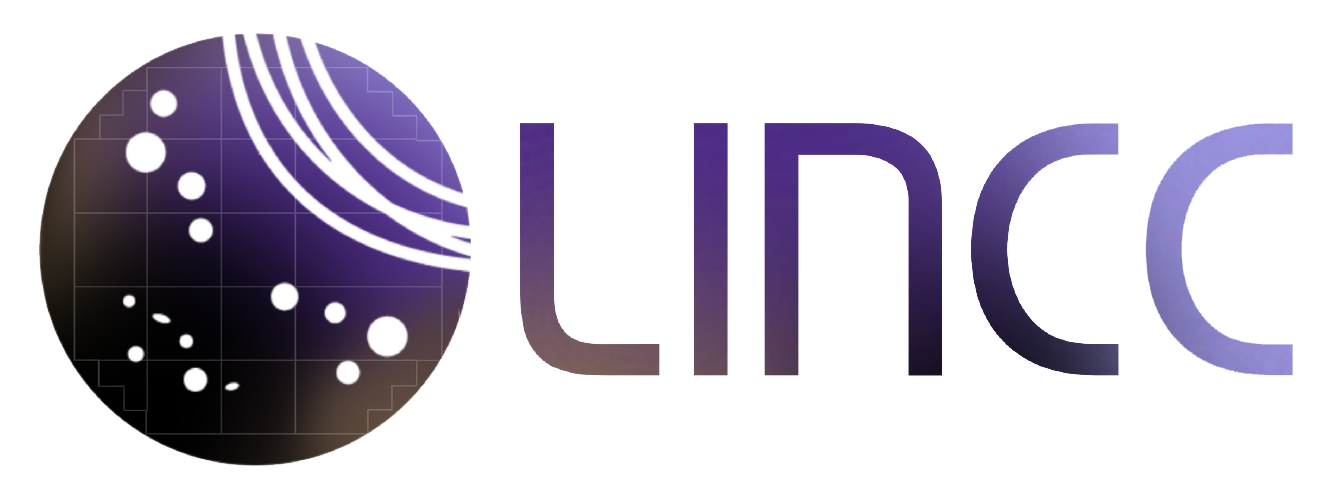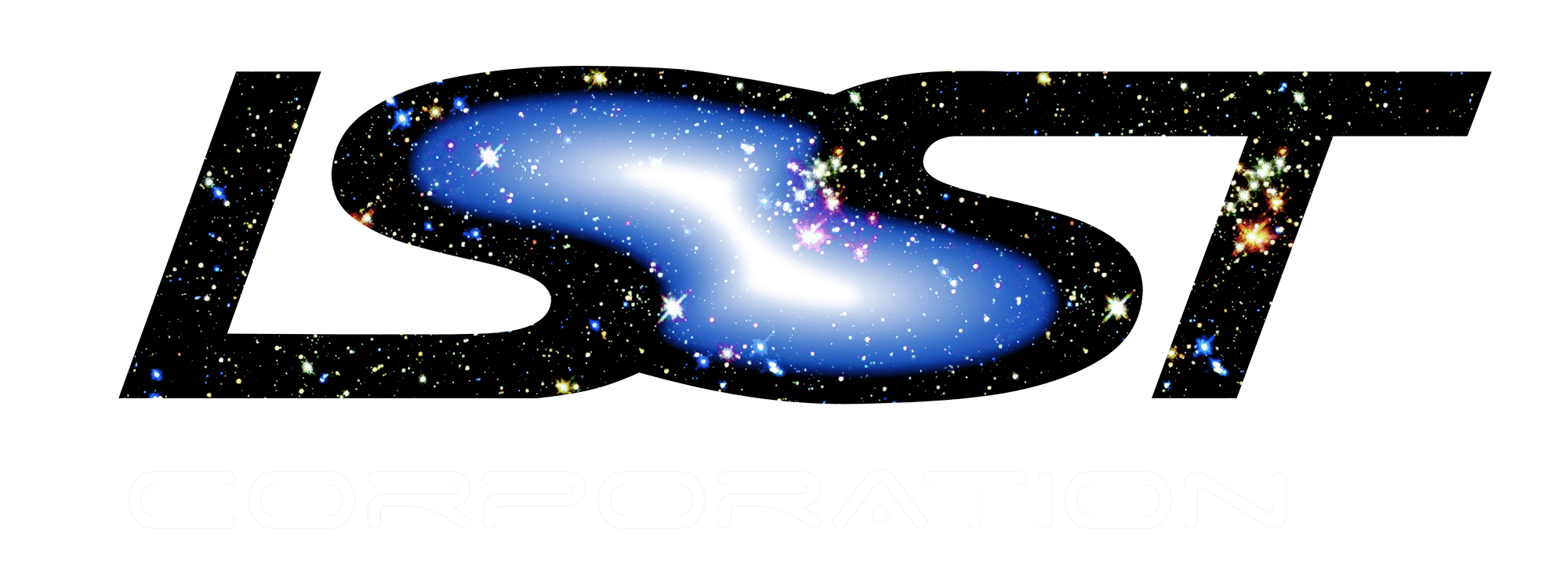David Sand; dsand@arizona.edu
Ann Zabludoff; aiz@arizona.edu
The University of Arizona is a world center for astronomy and a Hispanic Serving Institution, with a vibrant, diverse, and beautiful Sonoran desert campus that includes the LSST/RubinObs headquarters, Steward Observatory, the Departments of Astronomy and Physics, NSF’s NOIRLab, the Lunar and Planetary Lab, and the Wyant College of Optical Sciences. LSST-related cross-disciplinary efforts also include the Departments of Applied Mathematics, Computer Science, Chemistry, and Biology, as well as UArizona’s Data7 Science Institute and Theoretical Astrophysics Program (TAP). UArizona postdocs have the same access to facilities—observatories, laboratories, high performance computing—as faculty, and they may lead facility and funding proposals as Principal Investigators. The Astronomy Department actively mentors its postdocs, providing access to multiple advisors, proposal writing workshops, job interview preparation, and an array of educational and outreach opportunities.
UArizona is one of the founding members of LINCC. As such, Catalyst Fellows at UArizona will be mentored across the LINCC collaboration and have the opportunity to spend a fourth year on their research. UArizona faculty have interests spanning all of astronomy and are committed to helping Fellows achieve their goals. Fellows will have access to the MMT and two Magellan 6.5m telescopes, the 2x8.4m Large Binocular Telescope, millimeter and submillimeter telescopes with cutting edge receivers, and a suite of 1-2m optical telescopes. Fellows are welcome to participate in on-going hardware and software upgrades to facilitate fast follow-up of transients and other potential LSST targets. On-campus high performance computing facilities are available to all UArizona researchers: 36,000 CPU-hours per month of standard allocation on Ocelote and a remarkable 70,000 CPU-hours per month on Puma. UArizona’s Data7 Institute provides the data science and computational expertise necessary to analyze the LSST firehose. Postdoctoral Program Coordinators oversee postdoctoral mentoring, as well as an annual multi-part job application and proposal skills series, with panels, writing workshops, and practice job talks/interviews. There are weekly sponsored lunches with visitors, faculty, and graduate students. Additional opportunities to develop academic and industry contacts are available through the Tucson Women in Astronomy program. Educational and outreach opportunities for postdocs include the world-renowned Astronomy Camp and Mt Lemmon Sky Center, course teaching, graduate and undergraduate student tutoring and mentoring, and science learning research through the Center for Astronomy Education (CAE).
https://www.as.arizona.edu/postdoctoral-research-astronomy-university-arizona



